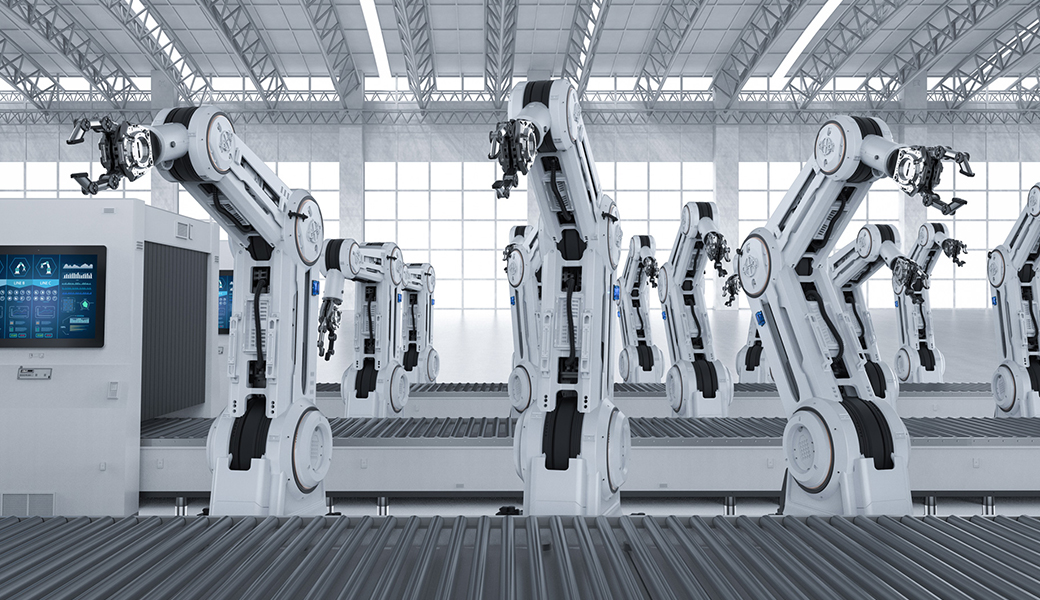
| Physical Features | Mdoel | RCO7063 |
| Material | PET/Aluminum Foil/Foam | |
| Dimensions | 103 x 52 x 1 mm(L x H x W) | |
| Working Temp | -40~+85℃ | |
| Survive Temp |
23±3℃ |
|
|
Survival Humidity: |
50±15 %RH |
|
| IP Rating | IP68,test for 5 hours at 1m deep water | |
| RFID Features | RFID Standard | EPC C1G2 (ISO18000-6C) |
| Chip Type | NXP Ucode 9XM | |
| Memory | ① EPC- 128 bits; User - 752 bits; TID - 96 bits ② EPC- 256 bits; User - 624 bits; TID - 96 bits ③ EPC- 496 bits; User - 384 bits; TID - 96 bits |
|
| Read Range(Fixed Reader) | FCC: 16.5 m, on metal | |
| Read Range(Handheld Reader) | FCC: 9.0 m, on metal | |
| Other Features | Data Storage | > 10 years |
| Re-write | 100000 times | |
| Installation | Adhesive | |
| Support Printer | SATO CL4NX, Zebra ZT410 Silverline, Postek TX3r, etc. | |
| Customization | Logo, parcoge/QR coae, number printing, encoding, antenna design, etc. | |
| Package | Reel core inner diameter: 76.2 mm / 3" , Outside diameter < 220 mm / 8.7", 300pcs/roll. |
|
| Application | Metallic container tracking | Equipment& device tracking Warehouse shelf Management | IT asset tracking, etc. |










